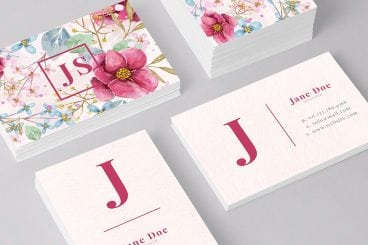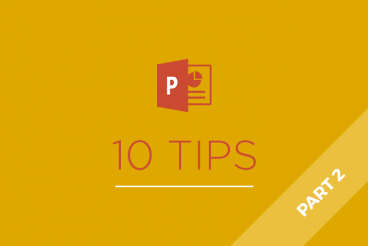CSS / 13 Oct 2010
Introducing the LESS CSS Grid
In the past we’ve taken a look at several CSS grid systems. We’ve also gone over how LESS.js can add a lot of flexibility to the way you style web pages. Today we’re going to combine these two ideas and create a grid system that utilizes LESS.
Read on to see why on Earth we would do such a thing. If you understand the concept, you can also skip the tutorial and go straight to the download. Let’s get started.

